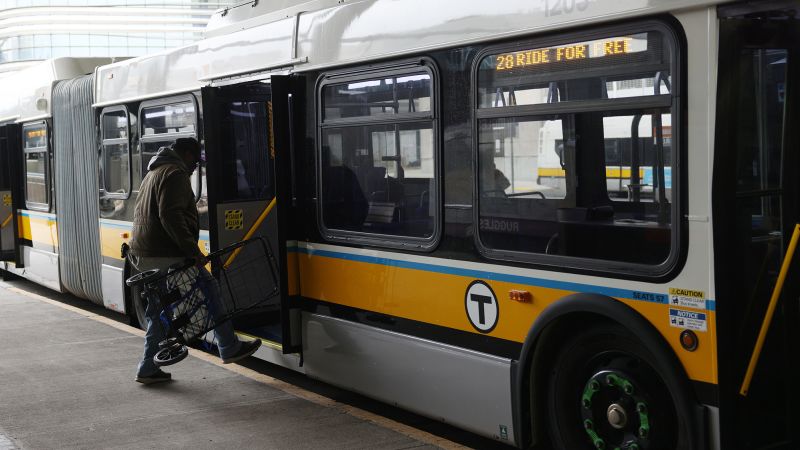- cross-posted to:
- [email protected]
- [email protected]
- cross-posted to:
- [email protected]
- [email protected]
What’s interesting about this article is what it leaves out. It cites experts who claim this is “diverts scarce resources from more pressing priorities: transit service and quality” yet that was far from the case in one of the cities cited in the introduction.
In Olympia, Washington, the city was needing to replace their fare-collection boxes. Fares accounted for 2% of the total transportation budget in Olympia, and when compared to the cost of installing and maintaining the fare-collectors, city officials realized they would only be breaking even. Why even collect fares if you end up with no gain? Is it really “diverting money” when the high cost of implementing the tools to collect fares costs as much or more than you will gain from fares?
Local Olympia Newspaper on Olympia dropping fares in 2019: https://www.theolympian.com/news/local/article237257744.html
Those fares net less than 2 percent of IT’s operating revenue. Meanwhile, IT’s fare collection boxes need to be replaced. The agency says it looked at switching to a card-based payment system but most cost at least $1 million to introduce.
It would cost about that for IT to start using ORCA, the payment system used on buses in King and Pierce counties and elsewhere in the region.
“It basically is a wash in terms of what we collect and what we would have to pay for the capital investment and for the operational investment to collect money. Because it costs a lot of money to collect money,” said Ann Freeman-Manzanares, IT’s general manager. “And if at the end it’s pretty much a wash, why are we doing it when we have all these incredible benefits to gain?”
Those include a potential increase in ridership, speeding up service, and attracting businesses to the area with the promise of “free” transit.


In Chicago the whole system was designed for you to pay before you get on. There’s a turnstile to get into the station, and you can only get on the front of the bus and tap before you enter. So fares are actually a large percentage of the budget (I looked it up, it’s about 35% pre-pandemic, post pandemic the numbers got all weird). I have no idea why the system is designed in SF where you can essentially “jump” on for free and never pay.
Speed, space, and cost usually. With busses it is way faster to board if you can just open all the doors at a busy stop and everyone paid on the platform or online. They just get on and sit down and go. The busses in Chicago let you pay by credit card (tap) to get on, which is not particularly common in the US, which helps with this.
It’s also much more expensive and challenging to build a system separated by fare and non fare zone. CTA runs a very old system that was designed ages ago so its pretty easy to keep it that way. Many newly built systems are dealing with expensive right of way acquisition and high construction cost. It’s way easier just to slap a few pay stations around and call it a day. Most people pay to ride voluntarily anyway, and those that can’t afford it weren’t going to pay if there was a fence in the way.
Source: enthusiastic about public transit and city politics, feel free to correct me please